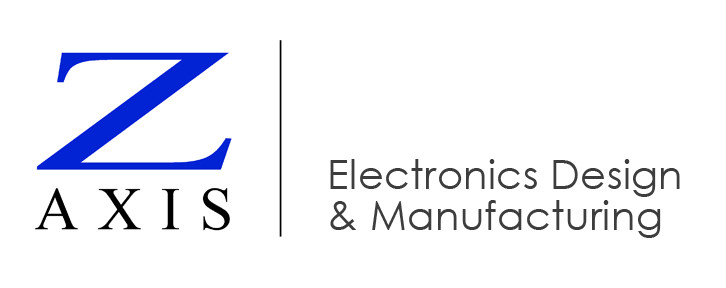Here’s a look at New Product Introduction (NPI) lines in electronics contract manufacturing – specifically SMT printed circuit board assembly
For this SMT assembly video, we’ll assume you’ve completed the design process – including feasibility studies, circuit design and board layout.
If you haven’t, check out our related videos.
When you want to launch your new product, you typically need a couple of prototypes, and then a small pre-production run to verify the manufacturing process. Then you usually need a small production quantity for your first year, and you want to be able to ramp up quickly to production volumes of thousands or more.
To do this you want a contract manufacturer that has both high-mix, high-volume production lines, and a separate new product introduction line.
Here’s why, as this SMT assembly video shows.
1. Fast scheduling of prototype and pre-production runs
The production lines will be booked out several weeks in advance with higher-volume jobs. The priority is meeting promised delivery schedules for established customers. If there’s no NPI line, you may wait weeks for your prototype or pre-production run to be scheduled in. That’s partly because setting up a job for the first time can take longer than it does to run it – costing manufacturing up to half a day of lost production time on that line.
With a separate NPI line, your job can usually be scheduled in within a few days. The manufacturing engineers can take the time to optimize the process without worrying about impacting production schedules.
The NPI line can be used for any prototypes that can’t be hand-soldered, and for pre-production runs of 10 to 100 boards or so.
2. Fast ramp-up to production
When designed right, the NPI line can facilitate fast ramp-up to higher-volume production. For example, here at Z-AXIS, the production lines use the same equipment brands as the NPI line, but different models.
On the NPI line, the stencil printer is semi-automated – boards are loaded by hand. The NPI pick-and-place machines can accept full reels of parts, but also have more options for low-volume part feeders, like this large tray wagon for cut tape, or loose parts. This means we can easily use “specialty” parts you give us for new product introduction, along with all the standard parts that we have in stock.
Now when the design is ready to go to the production line for higher volume, it is very easy to make that move.
The production line’s automated stencil printer uses the same stencil we prepared for the NPI line. The pick and place machines use the same magazine feeders, but are configured to accommodate more of them. They use the same tools, or vacuum nozzles, to pick components – including any custom tools that we made on the NPI line for your specialty parts. We can use the same software programs we developed on the NPI line to control where parts are placed, and what the AOI systems need to inspect.
So it’s a seamless move to higher-volume production, with no change to the set-up.
3. Support for quick-turn production builds
Using the same equipment brands on the production line and NPI line also means that the NPI line can be used for quick-turn production builds in cases when our customer can’t wait for an opening on the production schedule.
That’s why a contract manufacturer with production lines and a separate NPI line gives you an advantage over your other options, which include prototype-only places that can’t do your production, and contract manufacturers without separate NPI lines.
Contact Us To Learn More About New Product Introduction for SMT Assembly
